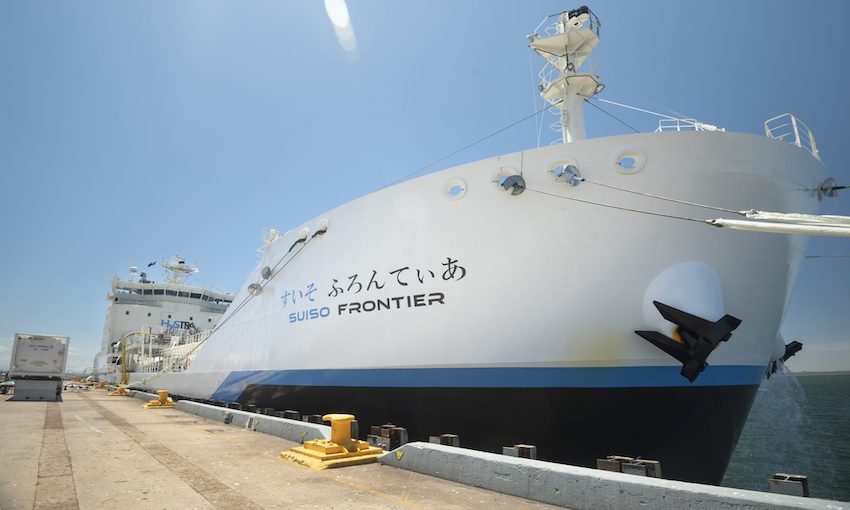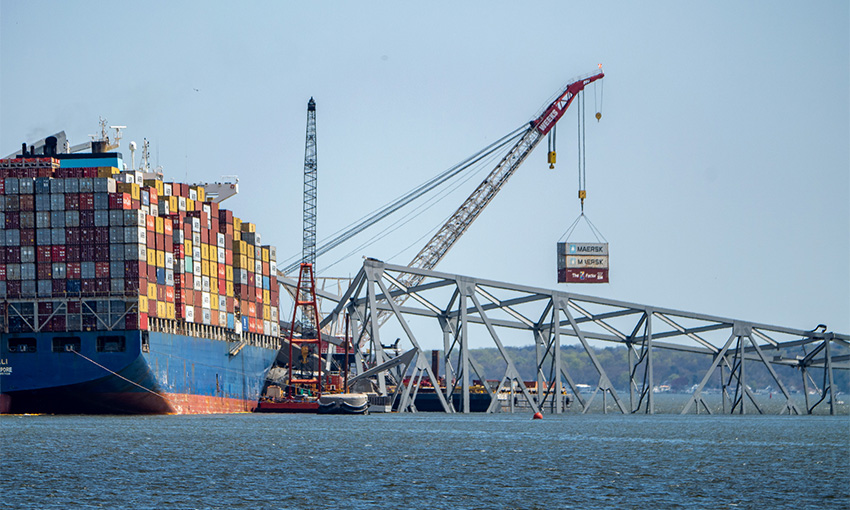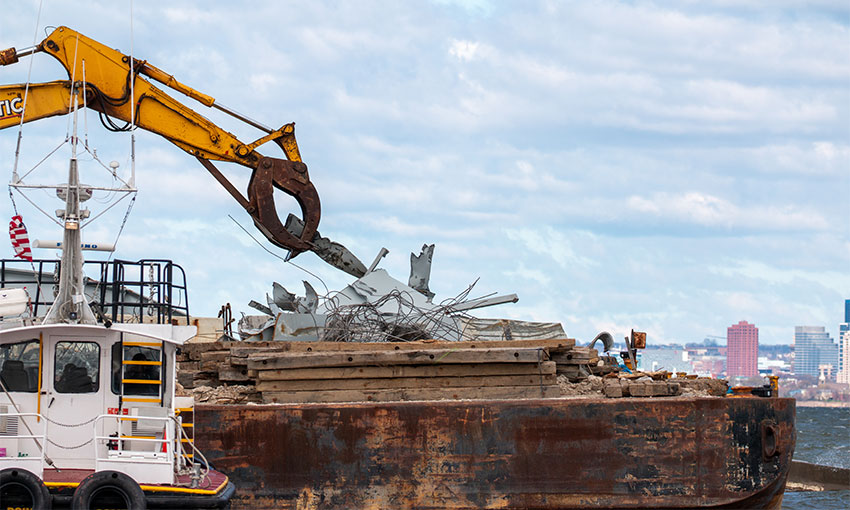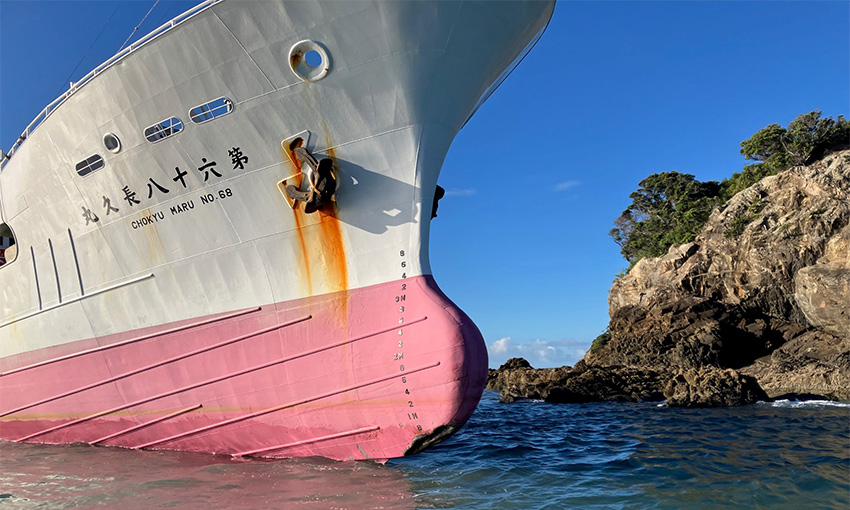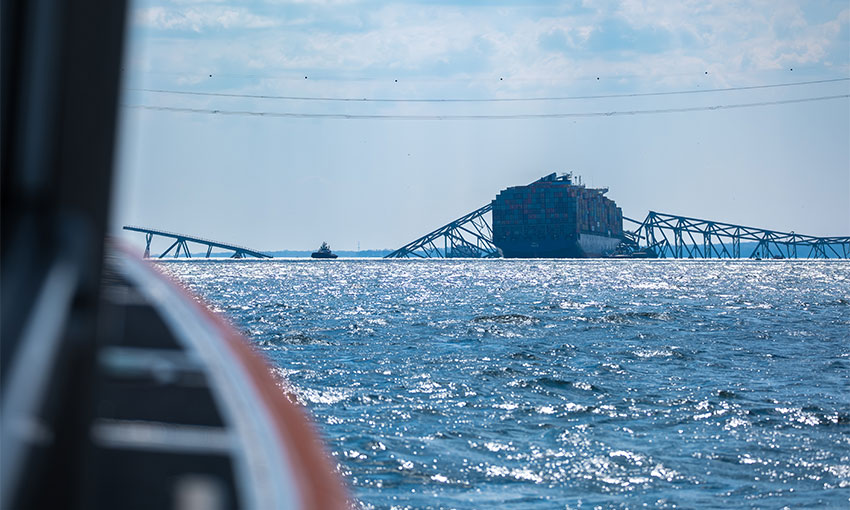LIQUEFIED hydrogen carrier Suiso Frontier has departed for Japan days after a gas pressure control equipment malfunction was reported onboard.
The gas tanker is the first of its kind, transporting liquefied hydrogen from Hastings, Victoria to Kobe, Japan as part of the Hydrogen Energy Supply Chain pilot project. It completed its maiden voyage to Australia last month.
The Australian Transport Safety Bureau has opened an investigation into the equipment malfunction, which was detected after the ship had loaded liquefied hydrogen at Western Port, Port of Hastings.
According to ATSB chief commissioner Angus Mitchell, a flame was seen coming from the gas combustion unit’s exhaust on deck on the night of Tuesday 25 January.
The unit was immediately shut down and isolated before the crew implemented the fire prevention response plan.
Though the occurrence was categorised as a serious incident, Mr Mitchell has confirmed there were no injuries, damage, or pollution. No further abnormalities were reported.
“A team of transport safety investigators from ATSB’s Canberra, Melbourne, and Sydney offices with expertise in marine operations and data recorders were deployed to the site shortly after the ATSB was notified of the incident,” Mr Mitchell said.
“As part of the investigation, the ATSB will interview relevant persons and obtain other evidence, including recorded data.”
The bureau will publish a report on the incident when the investigation concludes.
“However, should a critical safety issue be identified during the course of the investigation, the ATSB will immediately notify relevant parties so appropriate safety action can be taken.”
Suiso Frontier departed Port of Hastings, departing on 28 January, carrying its first cargo of liquefied hydrogen back to Japan.
The HESC team had been able to test and validate the loading of liquefied hydrogen into the ship’s specially built vacuum insulated tank, which keeps the cargo at negative 253 degrees Celsius.
“We are very happy with how things have progressed at Hastings,” Hydrogen Engineering Australia general manager Hirofumi Kawazoe said.
“We have successfully completed all safety, technical and operational aspects of the loading of liquefied hydrogen.”
Once Suiso Frontier arrives in Kobe, the team will unload the liquefied hydrogen into a purpose-built storage tank onshore, similar to the tank onboard the vessel.
The next phase of the project will involve an analysis of the pilot project’s learnings with the intent of moving to a commercial scale project in the coming years.
HESC project partners said this commercial phase would create 30,000 jobs across the Gippsland and Mornington Peninsula regions over the life of the project.

